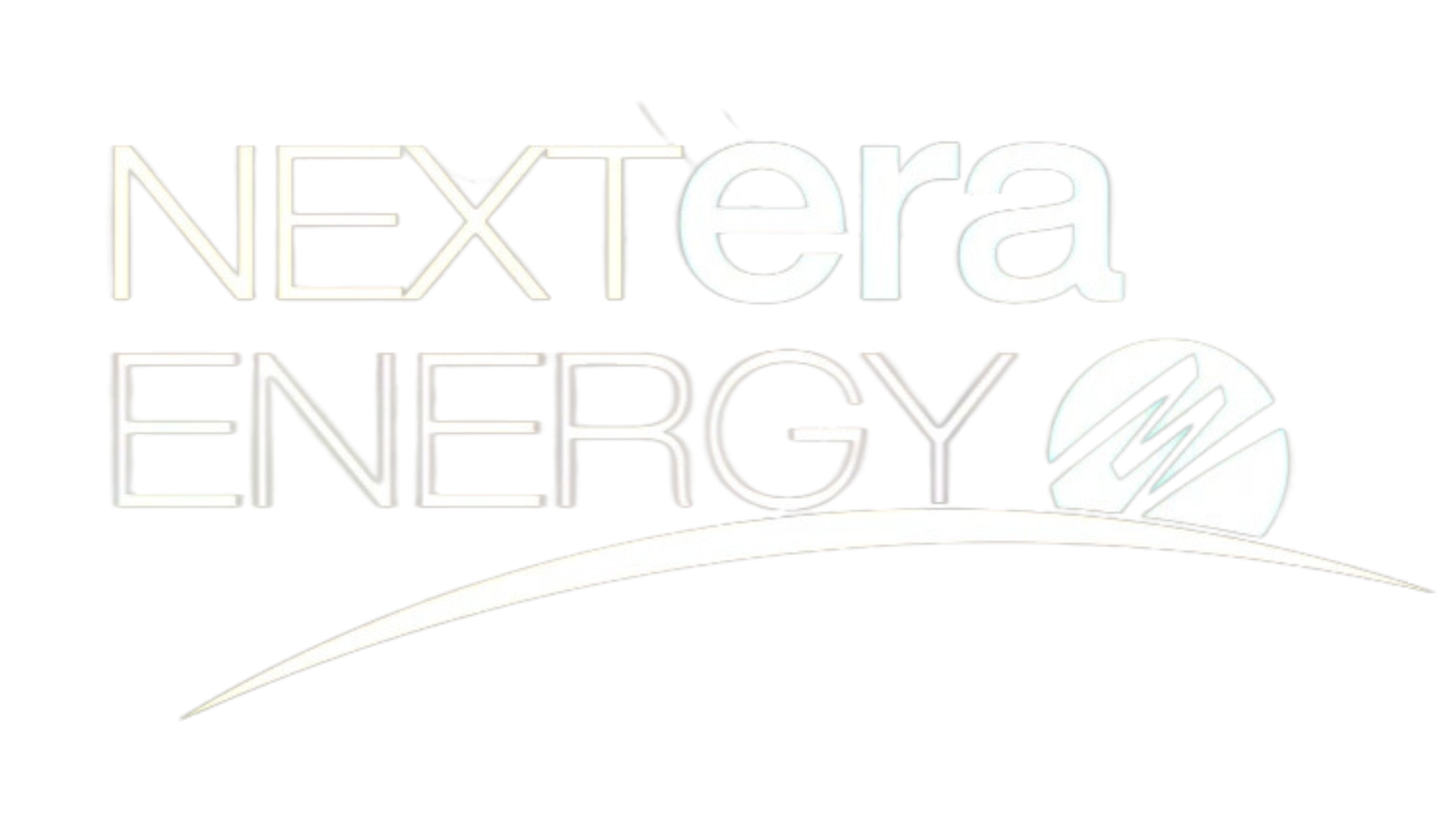By Peter Aronson We are thrilled to announce that the New York League of Conservation Voters Education Fund (NYLCVEF) will be out on the streets helping New Yorkers celebrate Earth Month in April and Earth Day on April 22. “Every day is essentially Earth Day at the League, but there is no doubt that April…
We welcomed Jessica Wang from World Resources Institute and Ian Fried from CalStart to explore the future of clean school transportation and to discuss the benefits of electric school buses, from reducing emissions to fostering a sustainable learning environment.
As part of our ongoing series of webinars and in-person events on the IRA, NYLCVEF President Julie Tighe and federal campaigns manager Matt Salton recently joined with New York State Senator Michelle Hinchey for an informational webinar to share details about the IRA and how households and our communities can benefit.
As New York transitions to electrifying its transportation and buildings sectors, we must consider grid readiness and infrastructure resiliency. This event featured a panel of cross-sector experts who discussed our transmission infrastructure needs. They addressed what they’re currently doing to achieve New York City’s clean energy goals, and more.
By Alexis Hidalgo The Save Our Compost coalition held a press conference and rally at City Hall Park on Wednesday to advocate for community composting. Aligning forces with over a dozen council members, we advocated passionately for Mayor Adams and the Department of Sanitation to reinstate vital funding. Under proposed budget cuts, community compost organizations…
As the New York state parks system prepares to celebrate its 100th anniversary in 2024, it’s worthwhile to continuously remind ourselves that the state has one of the best public park systems in the world, open to all.
The growth of offshore wind infrastructure, an affordable renewable energy source which harnesses power from ocean winds, is leading the path towards a future of green electricity in New York. [Register for “Why Wind Works,” a Lunch and Learn presented by NYLCVEF and Citizens Campaign for the Environment on November 30 at noon.] Offshore wind…
By Peter Aronson Trying to achieve New York State’s goal of achieving a zero-carbon emission electrical grid by 2040 is a lot like piecing together a complex puzzle: We need drastic increases in off-shore wind, solar and hydro-electric power. We need many more EVs on the road. And, among other changes, we need more homeowners…
Since 1992, the Open Space Conservation Plan has served as the blueprint to guide land purchases and conservation efforts by the state. This review comes at a crucial time with the climate crisis becoming increasingly urgent and the state vowing to protect 30 percent of its land and water by 2030.









